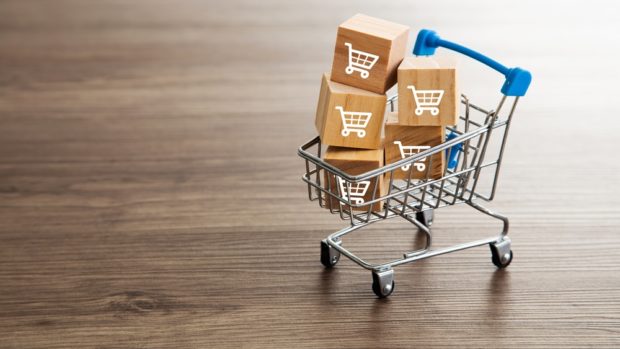
The last decade has seen a major shift to digitalisation in the retail sector and, consequently, the way consumers approach their shopping experience has transformed. By having easy access to a global market, they’ve become increasingly agnostic about where they purchase products from and instead focus more on price availability and speed of delivery. Indeed, rather than leisurely browsing their favourite shops, consumers are searching online for specific solutions to a problem or a need they want to fulfil as quickly as possible. This is shopping at the ‘atomic’ level, where shoppers can drill down to item-level shopping, orchestrated by search engines.
Marketplaces have not only encouraged but accelerated this trend. Numerous retailers are now attempting to jump on the marketplace bandwagon, with well-known names including B&Q, Next, Decathlon and Debenhams having all recently launched their own marketplaces and Superdrug and Boots among those announcing plans to follow suit in 2023. They are likely to discover that establishing and operating a marketplace is a lot harder, and less profitable, than it first appears.
Why marketplace models are popular
The last few years have been particularly difficult for retailers and, in the current cost-of-living crisis, the industry is facing a new series of hurdles. With market unpredictability continuing to impact financial performance into the foreseeable future, retailers are searching desperately for new ways to grow their audience, clear inventory and maximise cash margin.
Research by Byron Sharp et al. has comprehensively demonstrated that the most effective way for a business to grow is to increase ‘reach’ to gain access to the maximum possible number of potential buyers of their products. Alive to the danger of having only limited routes to market, retailers are altering marketing strategies to expand reach to a global scale as a defence against dwindling local demand.
Why established retailers need to pay attention
For many years, retailers have sought to ‘range extend’ using ‘drop shipping’ – selecting for sale items they do not themselves hold in stock. This was attractive because it was a capital light way to increase consumer choice while retaining control of assortment, pricing and thus brand perception. Retailers that launch their own marketplaces are taking this further by allowing sellers to list whatever they like, at prices set by the seller. They hope that the larger choice on their website will increase the likelihood that a visitor will find something to purchase. But the price they pay is abdication of control over their assortment and pricing architecture, and a likely cannibalisation of sales on core ranges. They are relying that the commission made on sales accruing to third parties on their marketplace are not offset by reduced sales of the items they’ve sourced themselves. It’s a dangerous game for retailers to play before they even consider the additional costs they will incur to operate and administrate the marketplace.
Using marketplaces to increase reach can be a highly efficient and profitable sales strategy if retailers turn outwards and focus on increasing the number of potential buyers of your products. More consumers seeing your products gives more chances to grab a sale. So even where retailers choose to extend their ranges using a marketplace model, it is still rational for them to seek to maximise sales of their own products by listing those on third-party marketplaces. Doing so increases ‘reach’, whereas extending on site assortment does not.
How retailers can fully embrace the marketplace model
Marketplaces offer incremental sales from around the world at a low marginal cost, so the more marketplaces that the retailer lists their products on, the greater their total digital presence and the higher their overall sales and brand awareness. Cross-border-centric marketplaces massively simplify execution of an international growth strategy. Diversifying channels to market also helps to reduce the risks associated with being dependent on one.
Retailers that rely solely on selling products produced by third parties are probably not going to survive much longer. With most branded products now widely available online, often on marketplaces, branded products are becoming commodities sold on wafer-thin margins. For a while, competitive advantage came from holding stock since availability determined which retailer won the sale. But that was temporary, and this year has seen many retailers go bust, crushed by the cost of carrying excess, unwanted inventory. To succeed in the long term, retailers must build their own distinctive brand and sell unique items. To avoid existential threats, retailers have to embrace marketplaces and use them to maximise reach for their unique, curated assortment.








Share